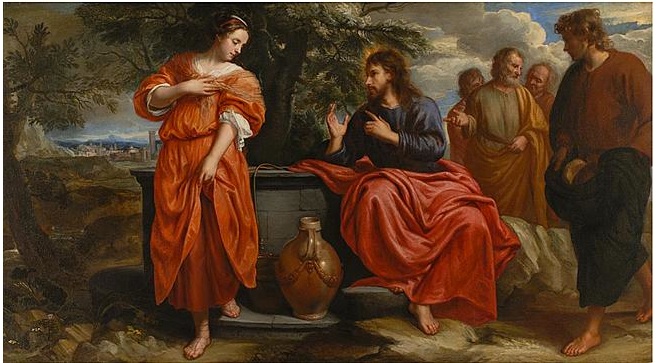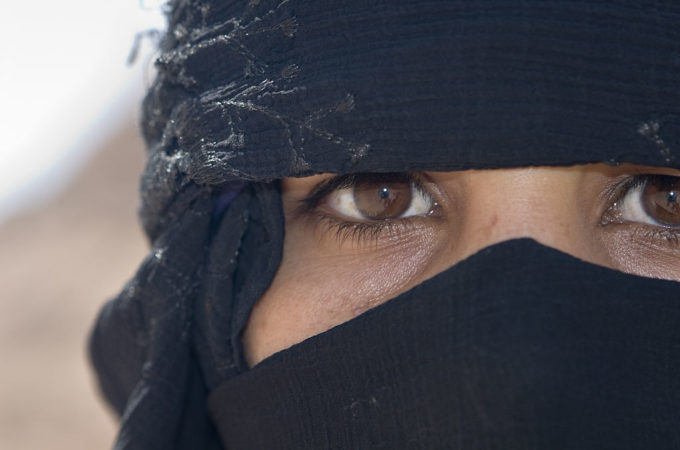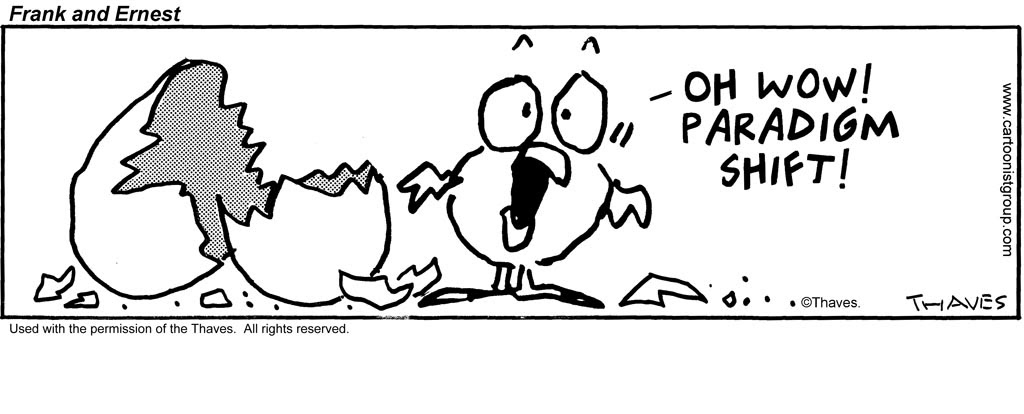Photo by David Dennis, Scotts Valley, CA
The news about ISIS is improving. That’s good. Maybe we will see a reversal in a trend noted back in May, in a story at nypost.com: “Meet the American women who are flocking to join ISIS,” opens with this troubling paragraph,
ISIS is recruiting an army of AK-47-brandishing women from the West who are just as bloodthirsty as the men they are marrying. Calling themselves “lionesses of Allah,” they are thought to now number more than 600, and they’re bearing the next generation of terrorists, whom they call “cubs of the caliphate.”
In a world of so much gender confusion, there is maybe some very small consolation that women being “just as bloodthirsty as men” still comprises news. But unless the current trajectory is somehow interrupted, the day will come when such an observation will not survive the editor’s delete key. In the meantime, nobody should be surprised that the cultural orbit has taken us to such a place.
ISIS brides the natural fruit of third-wave feminism
The notion of American women joining ISIS comes from postmodern feminism. That is, a radical feminism that rejects the natural distinctives between women and men. These differences still exist, of course, because they were wired in at the creation. And they used to be more obvious in the society. Readers older than, say, 50, can remember when
- High school girls’ basketball games were much less aggressive than the guys’ games.

- The driver rudely tailgating you before finally shooting past was always male.
- Hollywood did not cast every leading woman as some version of an Amazon.
Alas, we’ve come to expect young women to assert themselves by behaving in a more combative fashion, whether on the gym floor, the road, or the screen. So why should anyone be surprised when the vanguard of radical feminism crosses into the field of literal battle, with amputations, beheadings, and crucifixions?
Janie B. Cheaney, writing in WORLD, aptly expresses our current dilemma.
Lethal females in stiletto heels wipe out squads of thugs all over TV- and movie-land, because women could totally do that if they just believed in themselves enough. Or, if they can’t quite manage the heels, they can at least carry a 50-pound pack plus an M-4 rifle and 30 rounds of ammo on a quick march over hill and valley.
Time was when women were valued as women, honored for their womanly contribution to a marriage, family and society. The idea that “a woman can do anything a man can do” would have been regarded as equal nonsense to “a man can do anything a woman can do.” Except for three-legged races and such, men and women were not in competition. They collaborated. Not two horses neck and neck at the finish line; more like a horse and buggy. Each needed the other to achieve their joint assignment: creating a God-honoring home (Josh 24:15), raising godly offspring (Malachi 2:15), and shaping a culture that reflects God’s character (Gen 1:27-28).
Where did this notion of seeing the world of humans in two categories, male and female, come from? Is it some kind of social construct invented by Christians trying to foist a contrived idea on the public? Hardly. God created them “male and female and blessed them,” Moses wrote. In God’s economy, women and men comprise two halves that form a whole. We see this in the biblical language, in the design of marriage, and in the human anatomy.
So does the God of the Bible reduce women to a lower status than men? Hardly. In a culture of male dominance, Jesus honored women as women.
 He shattered the prevailing mores by publicly engaging with women, even those of unchaste reputation. He disclosed his true identity to a cynical woman beside a well. He allowed a street woman to touch him in the presence of Pharisees, even commending her hospitality while rebuking his host’s incivility. He privileged a former demoniac to be the first witness of his resurrection.
He shattered the prevailing mores by publicly engaging with women, even those of unchaste reputation. He disclosed his true identity to a cynical woman beside a well. He allowed a street woman to touch him in the presence of Pharisees, even commending her hospitality while rebuking his host’s incivility. He privileged a former demoniac to be the first witness of his resurrection.
Jesus also received the nurture of women, affirming their special wiring to serve. At the cross, Mark records that “There were also women looking on from a distance, among whom were Mary Magdalene, and Mary the mother of James the younger and of Joses, and Salome” (Mark 15:40 ESV). Then he adds this intriguing footnote, “When he was in Galilee, they followed him and ministered to him, and there were also many other women who came up with him to Jerusalem.” The Greek term translated “ministered” is diakoneo, “to render assistance or help by performing certain duties, often of a humble or menial nature – ‘to serve, to render service, to help, service, help’” (Louw-Nida).
The second person of the Trinity became a human (spending nine months in the womb of a woman), vulnerable to all the realities of human existence (Phil. 2:7-8). And it was women who served him. Nowhere does the Bible indicate that men attended to Jesus’ personal needs. Only women (and, per Mat. 4:11, angels).
There’s a contrast: ancient women serving the (soon-to-be) Crucified vs. today’s women serving the crucifiers … to slake their bloodthirstiness.
If only Western society could stop long enough to take a deep collective breath, could reflect on the beauty of a male-female world, on the wonder of what it is to be a woman. A man. Maybe we could restore some sanity. Ms. Cheaney continues, in the article quoted above,
Allowing as always for the exceptions, women tend to be less careerist, more risk-averse, less violent, and more relational than men. They are the circle rather than the tangent, the buoy not the speedboat. Men and women share all the virtues, such as strength, creativity, generosity, and courage, but express them in different ways and circumstances. The big difference comes down to this: Men, in general, drive a culture; women, in general, stabilize it. …
God made them male and female, two sides of one image. We need each other to live up to that image: builders and occupiers, managers of the political and the social, influencers of opinion and influencers of the heart.
So, let’s come full circle. Back to that business of marriage, that “army of AK-47-brandishing women” marrying into ISIS. Don’t want to marry (or see your son or brother marry) a “lioness of Allah”? Or a “lethal female in stiletto heels”? Here’s a tip from Noah Webster, the “Father of American Education” and author of the 1828 Dictionary. Don’t stumble over its quaint language: Mr. Webster has some stout advice for men seeking a bride.
But when thou findest sensibility of heart, joined with softness of manners, an accomplished mind, and religion, united with sweetness of temper, modest deportment, and a love of domestic life; such is the woman who will divide the sorrows and double the joys of thy life. Take her to thyself; she is worthy to be thy nearest friend, thy companion, the wife of thy bosom.
Wanted: fewer ISIS lionesses of Allah, more women who embrace their God-given womanhood.
- Gary Brumbelow






